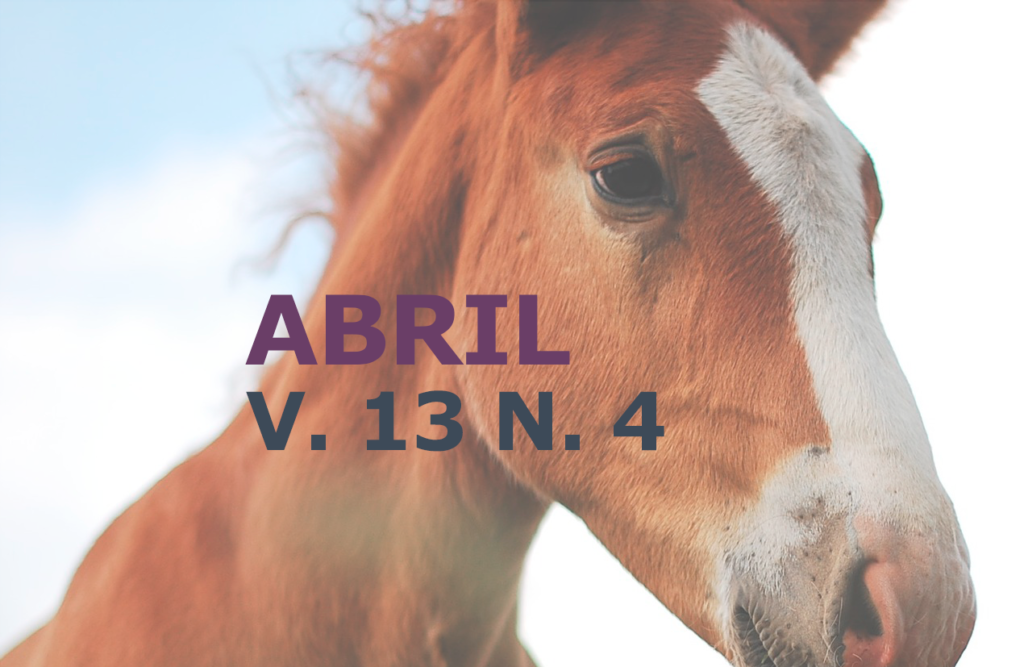Frequency of Ancylostoma spp. in environmental fecal samples in the public squares of Pedro Osório, RS
DOI:
https://doi.org/10.31533/pubvet.v13n4a315.1-7Keywords:
zoonosis, dogs, public health, gastrointestinal parasitesAbstract
Two municipal squares were monitored in the city of Pedro Osório / Two municipal squares were monitored in the city of Pedro Osório, RS, between December 2017 and November 2018, and environmental fecal samples were collected for the identification of parasites with potential zoonotic, such as Ancylostoma spp., a potential causative agent of parasitic dermatitis called Larva Migrans Cutanea (CML). The diagnostic method used was the copro-parasitological technique Willis-Mollay. The prevalence of 61.11% and 50% of Ancylostoma spp. Eggs, respectively, was obtained as a result. The sample data were submitted to statistical analysis according to Standard Normal Distribution (Z) and Confidence Interval (CI) for proportion, with a significance level of 5% (α = 1.96), obtained with CI at P1 (0, 6178 ≤ ≤ 0.6044) = 95%, and in P2 (0.5136 ≤ ≤ 0.4864) = 95%, demonstrating that there is a possibility that the local population may become contaminated with this zoonotic agent in the environment.
Downloads
Published
Issue
Section
License
Copyright (c) 2019 Tainá Ança Evaristo, Julia Somavilla Lignon, Thaíssa Gomes Pellegrin, João Luis Camassola, Alexsander Ferraz, Maysa Seibert Leão, Gabriela Garcia Fuentes, Tatiana de Ávila Antunes, Felipe Geraldo Pappen, Diego Moscarelli Pinto

This work is licensed under a Creative Commons Attribution 4.0 International License.
Você tem o direito de:
Compartilhar — copiar e redistribuir o material em qualquer suporte ou formato
Adaptar — remixar, transformar, e criar a partir do material para qualquer fim, mesmo que comercial.
O licenciante não pode revogar estes direitos desde que você respeite os termos da licença. De acordo com os termos seguintes:
Atribuição
— Você deve dar o crédito apropriado, prover um link para a licença e indicar se mudanças foram feitas. Você deve fazê-lo em qualquer circunstância razoável, mas de nenhuma maneira que sugira que o licenciante apoia você ou o seu uso. Sem restrições adicionais
— Você não pode aplicar termos jurídicos ou medidas de caráter tecnológico que restrinjam legalmente outros de fazerem algo que a licença permita.





